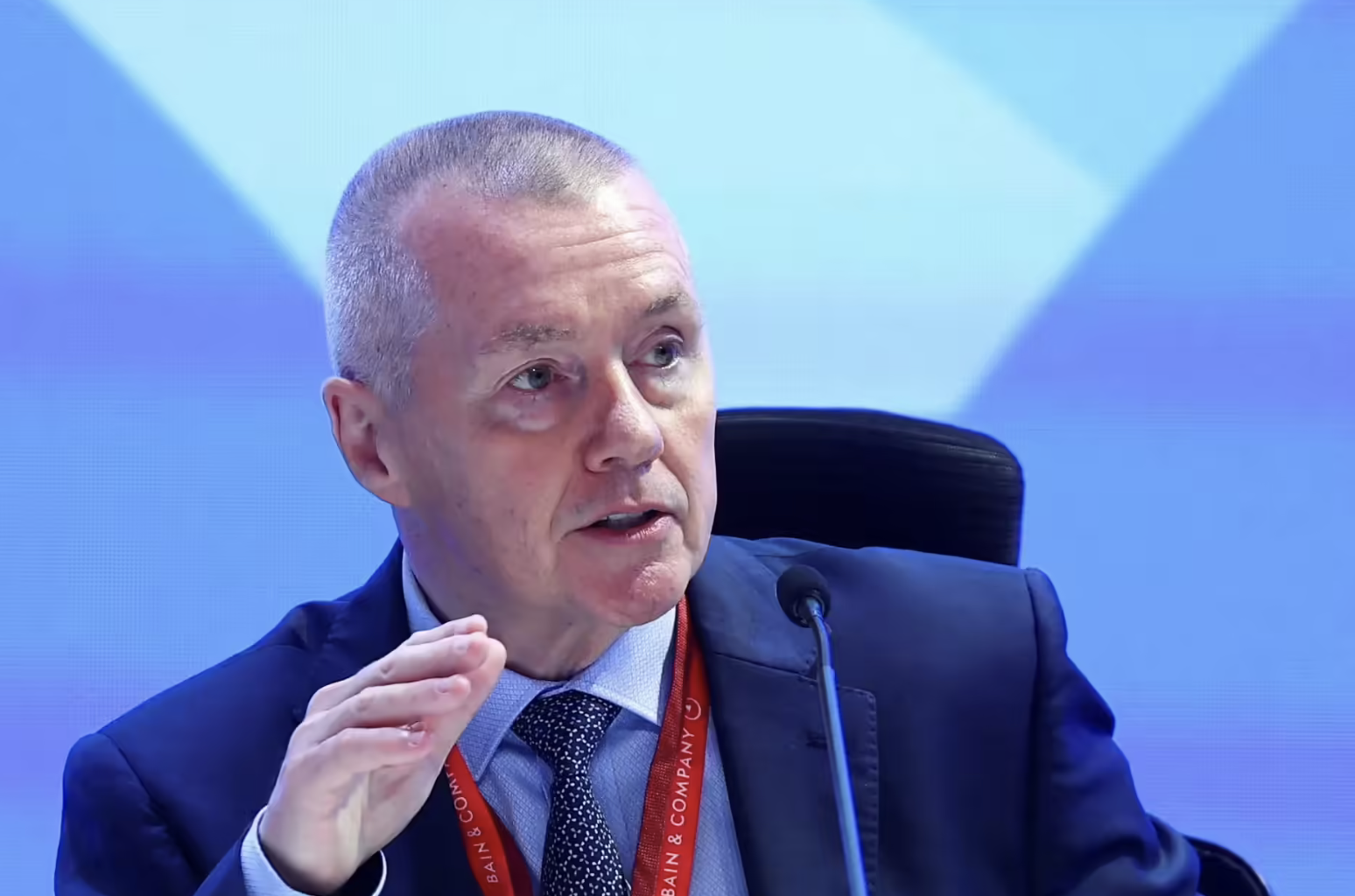Overview of the Current Challenges
The aviation industry within the European Union faces a significant hurdle regarding its green targets. As airlines work towards sustainability measures, the production of sustainable aviation fuel (SAF) has not kept pace with the ambitious goals set forth by the EU. Willie Walsh, the head of the International Air Transport Association (IATA), emphasizes the need for a reassessment of these targets in light of the current inadequacies in SAF availability.
Sustainability Goals Set by the EU
The EU has established targets requiring airlines to incrementally increase their usage of SAF, starting at two percent this year, escalating to six percent by 2030, and rapidly increasing to a staggering 70 percent by 2050. These initiatives are part of broader efforts to combat climate change and reduce carbon emissions attributed to the aviation sector.
The Reality of SAF Production
However, the reality faced by many airlines is stark. A recent study conducted by Airlines for Europe indicates that SAF production will fall short by approximately 30 percent of what will be necessary to meet the 2030 goals. Thus, Walsh argues that the EU must reevaluate its current targets to align them more realistically with actual production capabilities.
Concerns Raised by Walsh
Walsh has voiced his skepticism regarding the achievability of these targets concerning SAF. According to him, without sufficient production, the ambitious goals become unattainable. “I struggle to see how we will have enough sustainable aviation fuel available to meet the near-term target,” he stated, emphasizing the disconnect between policy and production reality.
| Year | SAF Requirement |
|---|---|
| 2023 | 2% |
| 2030 | 6% |
| 2050 | 70% |
Implications for Airlines
The pressure on airlines is mounting. Many are resorting to procuring SAF from outside EU borders to comply with these targets. This tactic raises additional concerns, particularly regarding the carbon footprint associated with transporting fuel internationally. As the narrative unfolds, the aviation sector must reconcile its sustainability aspirations with practical operational strategies.
The Carbon Footprint of Aviation
Aviation contributes significantly to global carbon dioxide emissions—nearly three percent of the total. This stark figure illustrates the pressing need for sustainable solutions. Crafting a pathway towards de-carbonizing this sector is no small feat, especially considering the constraints surrounding SAF.
Understanding Sustainable Aviation Fuel (SAF)
SAF is produced from sources like cooking oil and animal fats, aiming to yield lower carbon emissions compared to traditional jet fuels. Nevertheless, its availability remains limited. Airlines are encouraged to innovate and collaborate, ensuring that the journey towards sustainable aviation becomes genuinely achievable.
Concluding Thoughts
The current targets set by the EU could be reevaluated to foster a more achievable range of goals that better reflects production capabilities. As the discussion continues, the emphasis on aligning policy with operational realities in the aviation industry is critical.
LocalsRide provides an array of options for travelers looking to make informed transportation choices. By utilizing LocalsRide.com, users can select from various vehicle types, view detailed information, and book transfers with greater transparency than traditional aggregators.
Even the best reviews can only do so much; there’s no substitute for the personal experience. With LocalsRide, booking a car with a driver from verified providers means gaining access to competitive fares without unnecessary surprises along the way. This gives travelers peace of mind as they navigate their next adventure, ensuring affordability, convenience, and a range of vehicle options are always within reach. For an unforgettable experience, consider Book your Ride with LocalsRide.com.

